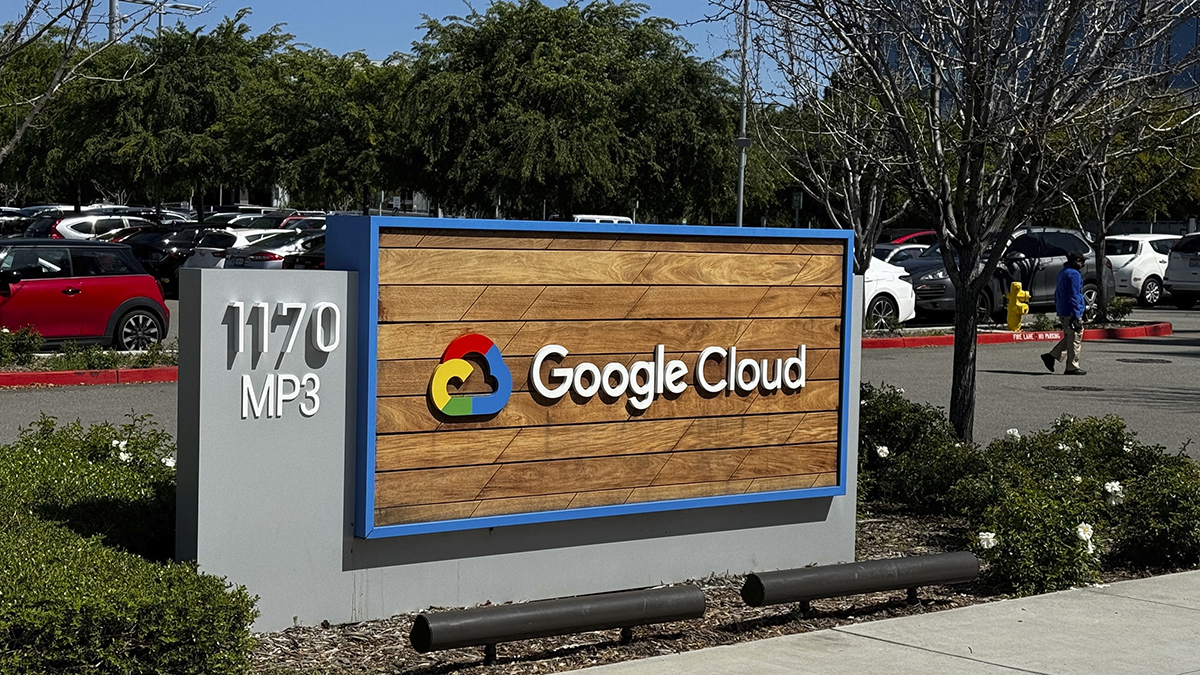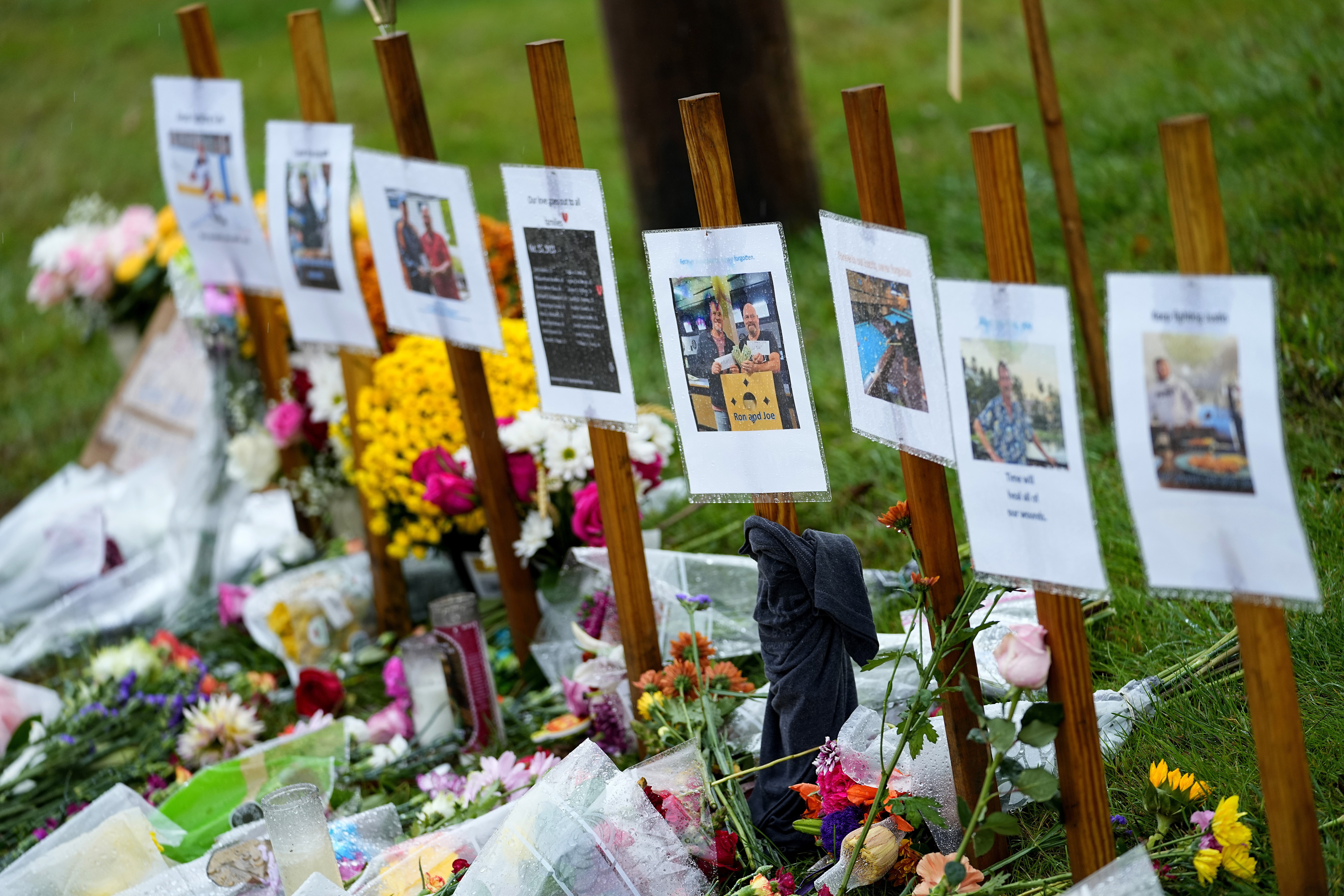The scene still flickers in the memory nearly three decades later: FBI Agent Dale Cooper, Sheriff Harry S. Truman and an unnamed coroner share an examination room with the corpse of Twin Peaks homecoming queen Laura Palmer as a balky fluorescent light blinks.
"Would you leave us, please?" Cooper asks the coroner, who promptly replies, "Jim."
The non sequitur helped set the tone for the series: macabre, surreal and funny – both ha-ha funny and otherwise.
The show where no one bothered to change the light bulb went on to change television. Now, a quarter-century after its last creative gasp, "Twin Peaks" returns May 21, via Showtime, to re-stake its claim as the program that made TV weird.
Before the dead walked, before Mulder and Scully searched for the truth, and before Kyle MacLachlan became the mayor of Portland, David Lynch and Mark Frost's offbeat logging-town murder mystery paved the labyrinthine path for television quirk and strangeness.
Even "The Twilight Zone" and "The Night Stalker" couldn't quite prepare network TV audiences for the 1990 debut of "Twin Peaks” on ABC. Frost and Lynch set a Gothic stage in the American northwest, floating upon Angelo Badalamenti's by turns haunting and soothing soundtrack.
Evil lurked amid seemingly normalcy – along with overage 1950s-style hipster high schoolers, a log-toting lady and a netherworld-dwelling, backward-speaking, dancing dwarf. Twin Peaks is the town where MacLachlan's Cooper found BOB, along with amazing cherry pie and "damn good" coffee – all chronicled via his handheld tape recorder during two seasons of verbal dispatches to the unseen "Diane."
U.S. & World
Stories that affect your life across the U.S. and around the world.
The show clearly influenced the disparate likes of "Lost" and the northwestern eccentricities of "Portlandia." But the story’s slow, sometimes meandering wind also presaged the creative freedom given to character-driven dramas from "The Sopranos" to "Mad Men," making "Twin Peaks" a partial progenitor of the current golden age of television.
The show bends another TV rule with its comeback, following the bizarre 1992 movie prequel "Twin Peaks: Fire Walk With Me" and a Netflix-driven popularity revival.
Sure, programs from "Star Trek" to "The X-Files" to "Arrested Development" successfully returned in various forms, but not after anywhere near this long a layoff. Then again, Lynch and Frost, who have brought back original cast members MacLachlan, Dana Ashbrook (Bobby Briggs) and Sheryl Lee (Laura Palmer!), among others, never cared much about TV conventions.
They're focused on turning the flickering spotlight back to the program that inspired a generation of television writers to look for stories in the shadows.
Jere Hester is Director of News Products and Projects at the City University of New York Graduate School of Journalism. He is also the author of "Raising a Beatle Baby: How John, Paul, George and Ringo Helped us Come Together as a Family." Follow him on Twitter.



